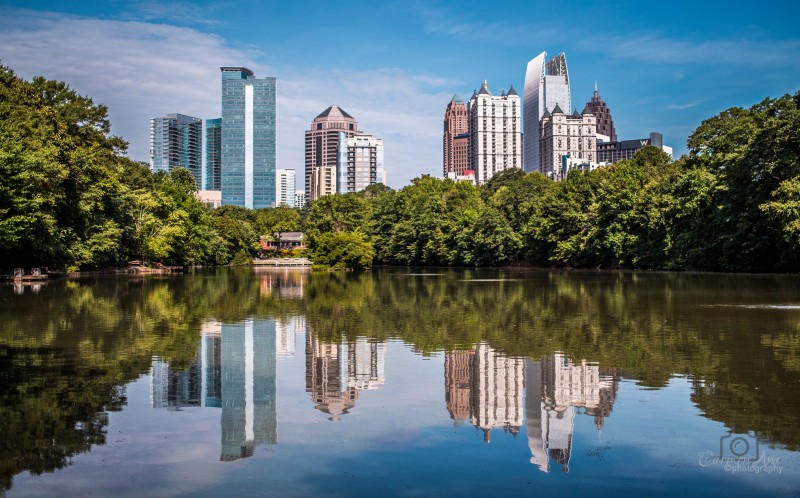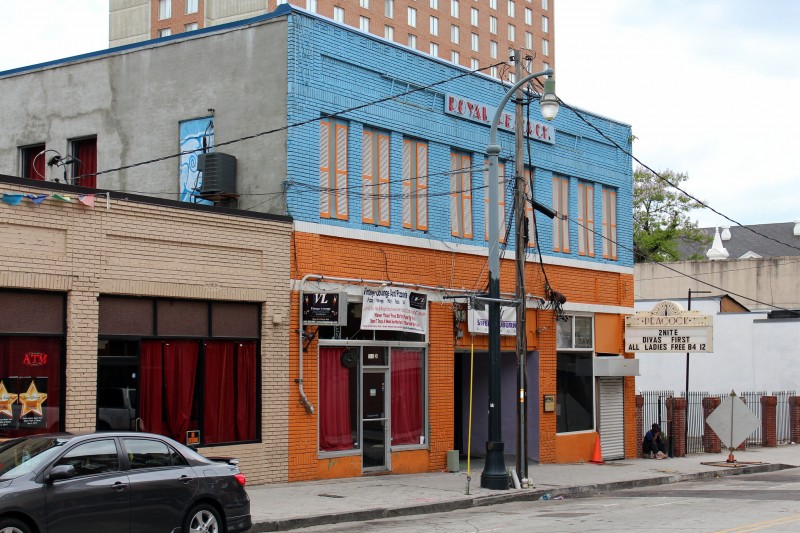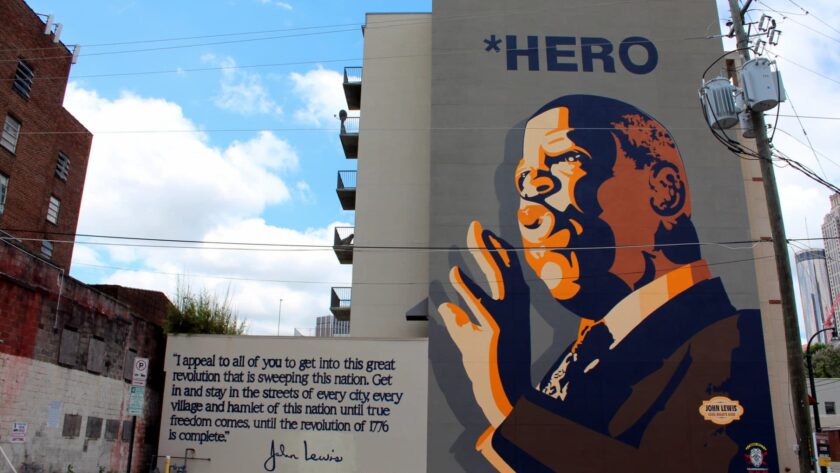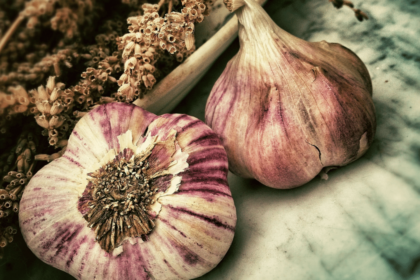In a recent New York Times travel piece, Kim Severson made a compelling case for how one could rethink a family trip to Atlanta. While most are drawn to the landmark family tourist attractions — Zoo Atlanta, the Georgia Aquarium, the World of Coca-Cola, Centennial Olympic Park — Severson drew the audience’s attention to a commonly overlooked aspect of the Atlanta tourism scene: black history.
Some in your crew might find the idea of walking the same streets as a young Martin Luther King Jr. and delving deep into museums dedicated to African-American history not as much fun as a few days of Disney World. But ignoring the complaints will pay off with a deep and moving dive into a story of racial struggle and triumph, with heroes and villains and, ultimately, a better understanding of a child’s place in the world.
Exploring a city on whose streets the civil rights movement played out is a rich gift for a child. A trip framed by a sophisticated look at black history will pay off for years, especially when it comes time to fielding questions about racial justice and the realities of American politics.
Reading that article, I was fascinated by how seemingly obvious her point was. How could one overlook such a rich opportunity to delve into a city that played such an intrinsic role in black history?

Atlanta is seen by most who live “OTP,” or “Outside the Perimeter,” as a destination.
Growing up a Georgia native raised in a rural town about 40 miles east of the city, I went for the same sorts of highlights: field trips to Fernbank Natural History Museum, Broadway shows performed at the Fox Theatre, exhibits at the High Museum of Art, a tour of the state capitol. But why never Sweet Auburn?
An Inherited Unease
One thing I have noticed in the transition from “growing up in the country” to “living a young adult life in the city” is the fear that so many Georgians associate with Atlanta. When I moved here for college, I was told to avoid MARTA, the city-wide public transit system, as well as certain neighborhoods. Even my school, Georgia State University, is scrutinized for its location in Downtown Atlanta and often incorrectly assumed to be a less than reputable school.
I think so much of this has to do with entrenched racial attitudes, the difficult legacy of history that haunts the South, and the culture clash of what happens inside and outside of the perimeter (ITP vs. OTP). We could talk about it for ages.
Two years ago, I worked on the staff of a national conference based in Atlanta. Two of the friends I made were from Indiana and Virginia. In our free time, they hoped to do some Atlanta sightseeing, and as I sifted through my mental Rolodex of all the usual places, my Indiana friend already had an idea in mind.
For the first time, I found myself in Atlanta’s Sweet Auburn neighborhood. I was nervous.

“Yeah, people say this isn’t the best part of town…” I mumbled, my voice trailing off. We walked to the Martin Luther King National Historic Site, and my friends were shooting picture after picture on their phones, Instagramming about how amazing it was to be around such history. Properly chagrined, I felt my “back home” attitude fading to background noise.
Severson’s article prompted me to return to Sweet Auburn, and in earnest. My school’s campus is one and the same with Downtown Atlanta, and I pass the cross-section of Edgewood Avenue and Auburn Avenue on a weekly basis. So, on a Tuesday morning, I stuffed a bottle of water and a few snacks in my backpack and set off.
Getting Started
After a short walk to my neighborhood MARTA station — I ride the train to school daily — I got off at the Georgia State station. Walking up Piedmont until it intersected Auburn, it felt right that my first stop would be Condesa Coffee’s new location in the historic Atlanta Daily World Building, the oldest African American newspaper in Atlanta. Condesa and Arden’s Garden are the new, cheerful neighbors that are (hopefully) revitalizing important landmark buildings in the neighborhood, many of which remain neglected and on the verge of extinction.

Just across the street from the Atlanta Daily World Building sits the Atlanta Life Building, once the home of the Atlanta Life Insurance Company, founded by Alonzo Herndon, a former slave turned mainstream entrepreneur. The building remains unused.
Fueled by the best pour over I’ve yet to find in the city, I walked a few doors up to the APEX Museum to start the day. Just $5 for student admission, a guide led me to a room to watch two short films while seated in a replica of an old Atlanta streetcar — the original MARTA. While the films themselves were a little outdated, the important themes of the legacy of slavery and of the unique role of African American commerce and culture in Sweet Auburn in the 20th century provided the perfect context for the day.
After the films, I perused the rest of the small, privately-owned museum, most moved by the replica of the middle passage, the bodies of mannequins lined in the ship body like spare parts, recreating what was only the beginning of the horror of enslavement.
Sidewalk Sightseeing
The next chunk of time was spent simply walking down Auburn itself, taking in a clutch of landmarks and important businesses: the colorful Royal Peacock night club, Big Bethel A.M.E. Church (the famous “Jesus Saves” sign on its steeple can be seen from the nearby interstate), the John Lewis mural at the intersection of Auburn and Jesse Hill Drive, the John Wesley Dobbs plaza that houses the new Atlanta Streetcar, the SCLC W.O.M.E.N. Building, Prince Hall Masonic building, Wheat Street Baptist Church, and Haugabrooks Funeral Home.

I stopped on the sidewalk for a quick snack, noticing a line of school buses nearby. Field trips, of course — I had finally made it to the Martin Luther King Jr. sites.
Historic Heroism
It made sense to start at the National Historic Site itself, where a friendly park ranger explained what exhibits were housed in the building and what I would find in the neighborhood itself. While I was disappointed to miss a guided tour of King’s birth home, the site had much to offer by way of the “I Have a Dream” World Peace Rose Garden, the Behold monument, the “Children of Courage” and “Courage to Lead” exhibits, and the D.R.E.A.M. gallery.
But perhaps the best part of all was passing the playground that sits behind the main building. Crawling with elementary aged children cart-wheeling and hollering and chasing each other around, it felt like just the thing one would hope to see in such a place, and of course a line from King’s famous “I Have a Dream” speech flitted across my mind:
I have a dream that my four little children will one day live in a nation where they will not be judged by the color of their skin but by the content of their character.
I left the National Historic Site, passing the King Center on my way up Auburn, where I paid a visit to the beautiful shotgun houses that sit across the street from the even more beautiful birth home of King. Circling back around, I then passed Fire Station No. 6, which also offers guided tours, which I also missed, but a historic marker plaque informed me of the history of the place, how it functioned as an important community space, a place where King even played basketball with friends.
I returned to the King Center, pausing to take in the crypts of Dr. and Mrs. King that rest in the beautiful reflecting pool, then went next door to the welcome cool of Ebenezer Baptist Chuch. In the restored sanctuary, in an empty pew, I sat and listened to King’s voice being played over the loudspeaker:
Well, I don’t know what will happen now. We’ve got some difficult days ahead. But it really doesn’t matter with me now, because I’ve been to the mountaintop.
And I don’t mind.
Like anybody, I would like to live a long life. Longevity has its place. But I’m not concerned about that now. I just want to do God’s will. And He’s allowed me to go up to the mountain. And I’ve looked over. And I’ve seen the Promised Land. I may not get there with you. But I want you to know tonight, that we, as a people, will get to the promised land!

I left the church and hiked back toward the Sweet Auburn Curb Market, thinking this was perhaps the best thing Sweet Auburn had to offer: that sort of immersive historic experience. To see and hear where and how history happened.
It’s definitely an important place to add to your Georgia travel itinerary.
A Savory End
The Curb Market, originally founded in 1923, is an experience in and of itself. Bustling with people, food everywhere your eye lands — it was a well-earned end to my city hike. The market boasts “produce and meat merchants, a full service bakery, a bookstore, pharmacy and eleven of the most popular eateries in the city,” and that number of options was pleasantly overwhelming. Because it was lunch hour and the lines for most stalls were sizeable, many filled with staff from the nearby Grady Hospital, I quickly chose Yum Diggity.
Let’s just say it was the best chili dog I’ve had in a while.

The market is only a few blocks from my office, and it’s safe to say I have a lot of eating left to do there. Bell Street Burrito? Sweet Auburn BBQ? Count me in.
Diamond In The Rough
On the MARTA ride home, the question nagged me: why had it taken so long to come to Sweet Auburn? Why did it feel like everyone was talking about the new, overpriced Ferris wheel at Centennial Park, but not the treasure trove just across town? I had spent a mere $10 that day, between my museum ticket and lunch. That I had never been to Sweet Auburn as a kid, field trip or otherwise — it didn’t make sense.
Atlanta is, I would argue, a city that is continually in transition. A city burgeoning with pride and energy. Even in the wake of #weloveatl fervor, when would Atlanta learn to love and celebrate all parts of itself? On sidewalks across Downtown its easy to find the arch of the “Be Downtown” campaign stamped on corners and around sewer grates.
I hope more people learn to love being Downtown and the gems sitting there, the riches within them.
Heading back up Auburn after lunch, making the turn back onto Piedmont that would take me to the train station, I had come full circle, back to Condesa and the empty Atlanta Life Building across the street.
Alonzo Herndon, the former slave turned entrepreneur I mentioned earlier? A former slave in Walton County. My home county.
I hope more people — ITP, OTP and beyond — keep talking about and seeking out the history of home, the history nearby, the history that thrives around us and informs us as we are, here and now.
Have you been to Sweet Auburn? What was your experience like? Please share in the comments below.
Story by Paige Sullivan
Latest posts by Paige Sullivan (see all)
- Holiday Treats & Christmas Traditions Around The World - Dec 19, 2016
- Handouts In Developed Nations: Advice For The Responsible Traveler - Jun 7, 2016
- 5 Immersive Culinary Enclaves To Savor In NYC - Feb 18, 2016
- Traveling Responsibly & Protecting Fragile Environments - Jan 9, 2016
- Can Tiger Tourism Be Responsible? - Jan 9, 2016





